Aidana Irmanova
Neuron inspired data encoding memristive multi-level memory cell
Mar 14, 2018
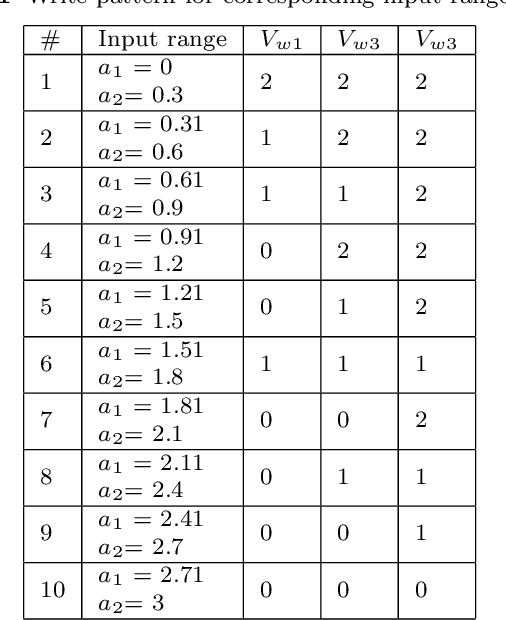
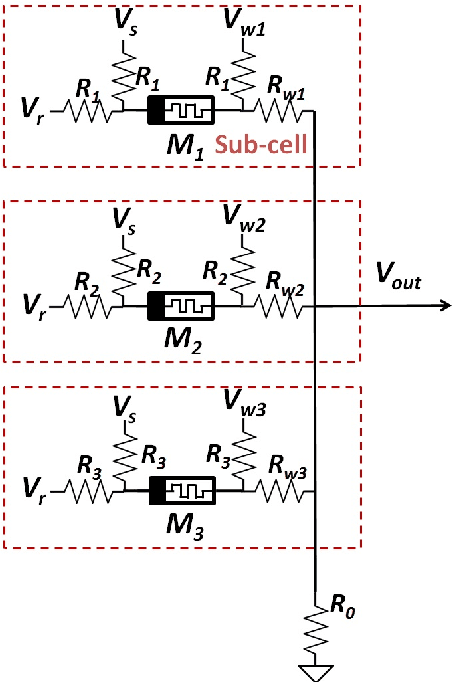
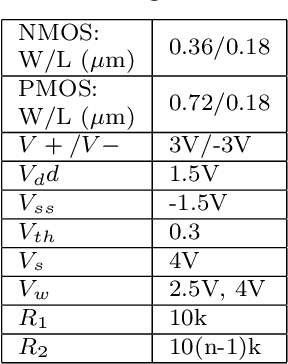
Abstract:Mapping neuro-inspired algorithms to sensor backplanes of on-chip hardware require shifting the signal processing from digital to the analog domain, demanding memory technologies beyond conventional CMOS binary storage units. Using memristors for building analog data storage is one of the promising approaches amongst emerging non-volatile memory technologies. Recently, a memristive multi-level memory (MLM) cell for storing discrete analog values has been developed in which memory system is implemented combining memristors in voltage divider configuration. In given example, the memory cell of 3 sub-cells with a memristor in each was programmed to store ternary bits which overall achieved 10 and 27 discrete voltage levels. However, for further use of proposed memory cell in analog signal processing circuits data encoder is required to generate control voltages for programming memristors to store discrete analog values. In this paper, we present the design and performance analysis of data encoder that generates write pattern signals for 10 level memristive memory.
Automated rating of recorded classroom presentations using speech analysis in kazakh
Jan 01, 2018
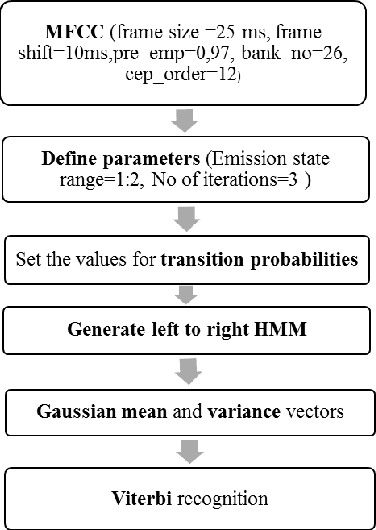
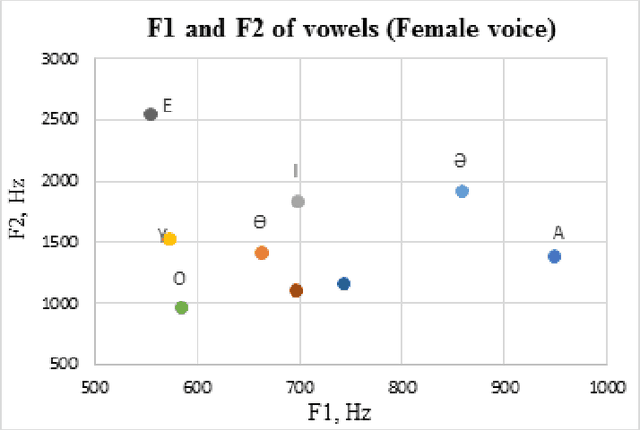
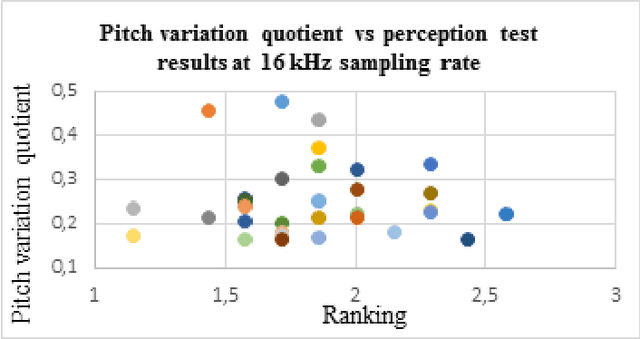
Abstract:Effective presentation skills can help to succeed in business, career and academy. This paper presents the design of speech assessment during the oral presentation and the algorithm for speech evaluation based on criteria of optimal intonation. As the pace of the speech and its optimal intonation varies from language to language, developing an automatic identification of language during the presentation is required. Proposed algorithm was tested with presentations delivered in Kazakh language. For testing purposes the features of Kazakh phonemes were extracted using MFCC and PLP methods and created a Hidden Markov Model (HMM) [5], [5] of Kazakh phonemes. Kazakh vowel formants were defined and the correlation between the deviation rate in fundamental frequency and the liveliness of the speech to evaluate intonation of the presentation was analyzed. It was established that the threshold value between monotone and dynamic speech is 0.16 and the error for intonation evaluation is 19%.
 Add to Chrome
Add to Chrome Add to Firefox
Add to Firefox Add to Edge
Add to Edge